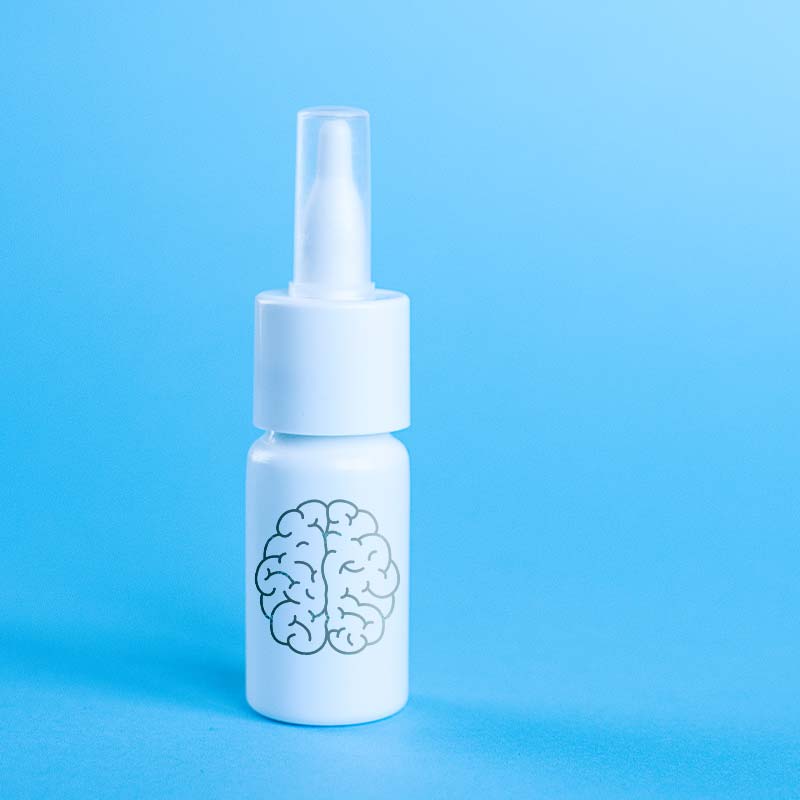Nutraceuticals
Helping people to stay well with new ideas
In everyday language the term “Nutraceuticals” is used for food ingredients that have or claim to have medicinal properties. We will however define them as healthy substances that can be used both for pharmaceutical applications and in food preparations. Legal regulations for nutraceuticals vary from jurisdiction to jurisdiction. In the USA the FDA may classify them as drugs, dietary supplements, food ingredients or plain foods, depending on composition and claims made for their health benefit.
Phospholipids are typical nutraceuticals. For pharmaceutical use they can be drugs (e.g. for treatment of liver diseases) or excipients. Simultaneously they can be used in foods as functional or nutritional ingredients.
There is also some confusion about the term “functional foods and drinks”. In our understanding a functional food or drink is a regular food product to which a nutraceutical ingredient has been added. Thus a fruit juice with natural vitamin content would be called a “drink”, and the same juice with added vitamins would become a “functional drink”.
In the previous chapter we have already shown the benefits of phospholipids when making use of their technological properties. We will now focus on their use in nutrition and in combination with other nutraceuticals.
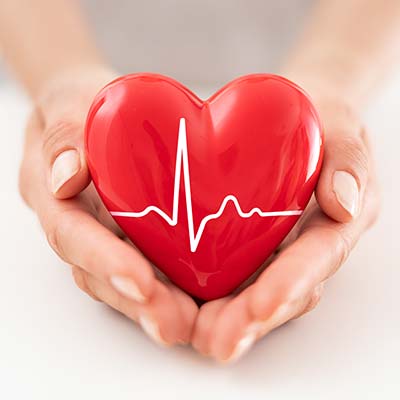
Cholesterol and Phosphatidyl Choline (PC)
In many scientific studies it could be shown, that taking PC orally has a positive influence on the cholesterol level in blood and on its lipoprotein composition .
The vehicles in our blood that transport nutrients to the cells and unload their residues in the liver, are called plasma lipoproteins. There are several types: High density lipoprotein (HDL), Low density lipoproteins (LDL), intermediate density lipoproteins (IDL), very low-density lipoproteins (VLDL) and chylomicrons. The functions of these lipoproteins are shown in the following graph:

CLick the image to enlarge it!
Chylomicrons transport fat, phospholipids and cholesterol from the small Intestine to the liver, where they are converted to HDL and VLDI.
HDL is charged with cholesterol and supplies it to cell tissue.
VLDL is used for supply of fatty acids to body cells. After discharging their fatty acids, the fat-depleted VLDL gradually become IDL and finally LDL, which is metabolized by phagocites in the blood stream. Residues from this process are foam cells, which can form arteriosclerotic plaque, the main cause for coronary heart disease and stroke.
When blood cholesterol is tested, the analysis shows the levels of these lipoproteins. While there has been a lot of discussion about “ideal” levels, doctors generally agree that higher levels of HDL and lower levels of LDL reduce the risk of atherosclerotic deposits in blood vessels. This can be achieved by using phospholipids with a high content of PC as dietary supplements or by adding them to regular foods.
In the past basic fluid and deoiled lecithins were recommended as part of the diet. However, PC content in most lecithin products is much lower than in PC-rich phospholipids:
| PC content | PC per serving | Number of servings/day | |
| Regular fluid lecithin (in 500 mg capsules) | 12-15 % | 75 mg | 27 |
| Deoiled lecithin granules (by spoon) | 20-22 % | 125 mg | 16 |
| Fractionated lecithin (in 500 mg capsules) | 32-35 % | 175 mg | 12 |
| PC-rich phospholipids (1 g per serving) | 50-90 % | 750 mg | 3 |
With a recommended dosage of 2.000 mg of PC per day, the number of capsules or tablespoons of granules to be taken on a regular basis is exceeding a reasonable limit. Cost of approx. € 0,20 for a 1 g serving of 75% PC phospholipid is still economically feasible.
It may make more sense to incorporate high-PC phospholipids in Yoghurts, cereals, muesli bars, fruit preparations, juices and similar prepared foods, as they are ideal carriers for phospholipids.

Phospholipids as nutrients for specific body parts
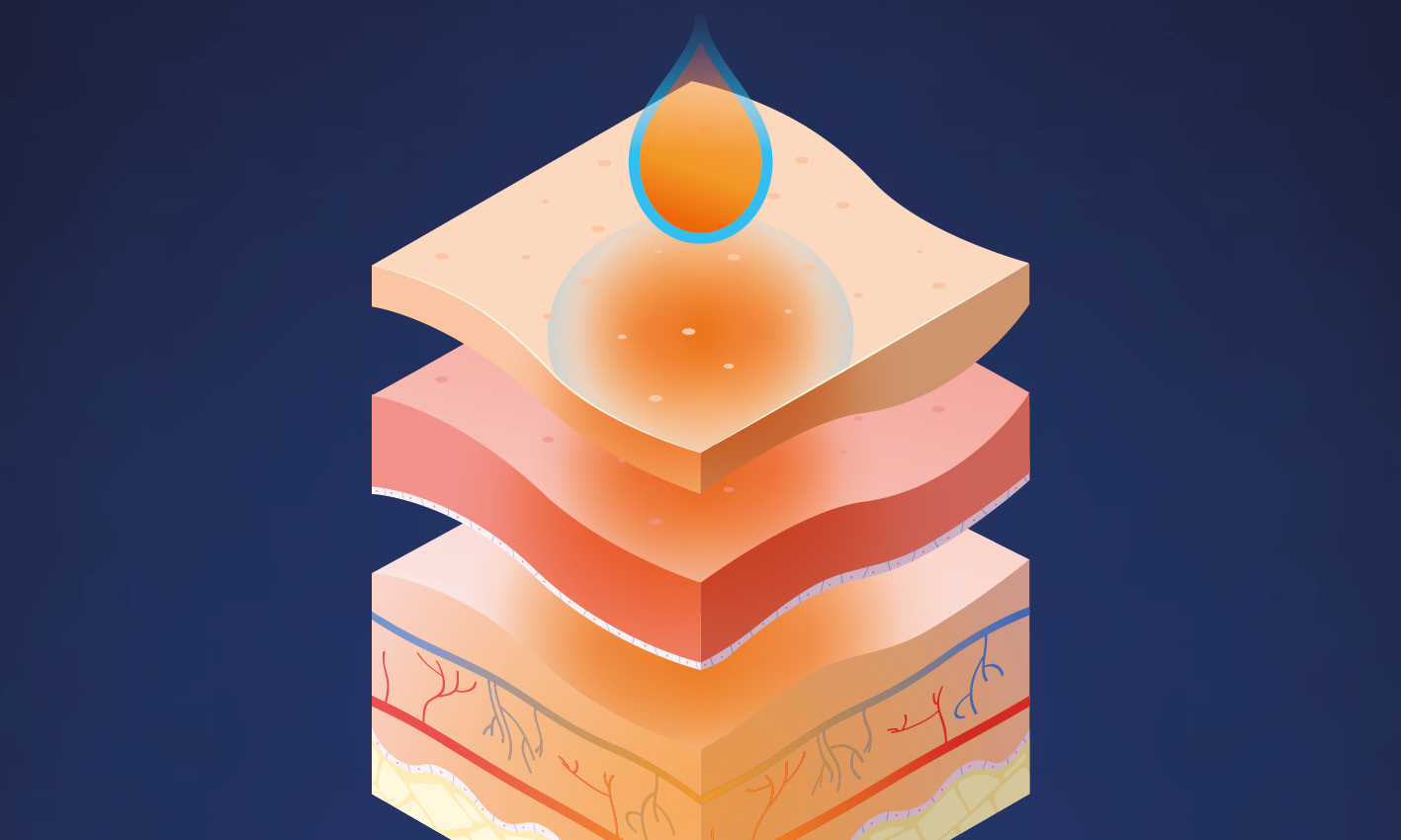
Without using the conventional tablet or capsule route of providing nutrients, just imagine the use of micro-nutrients in liposomal preparations with phospholipids:
- Biotin and nicotine for nourishing hair and stimulating hair growth
- Vitamins for improvement of the skin
- Minerals for nails
But how to apply them? Transdermal pathways are made possible by phospholipids, so the products can be directly applied to relevant places on the body surface as gels or sprays. They rapidly enter into the skin surface and will not be easily rinsed or washed off.
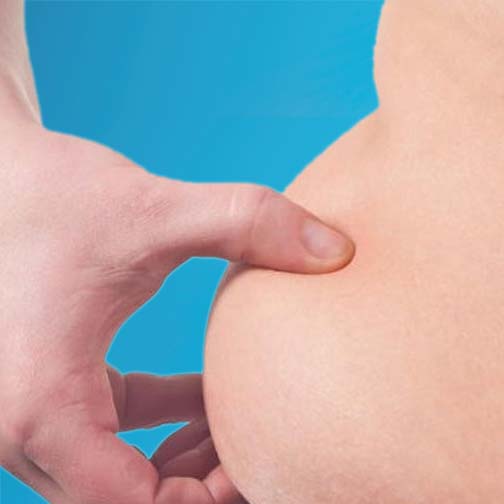
Lipolysis supported by high-PC phospholipids
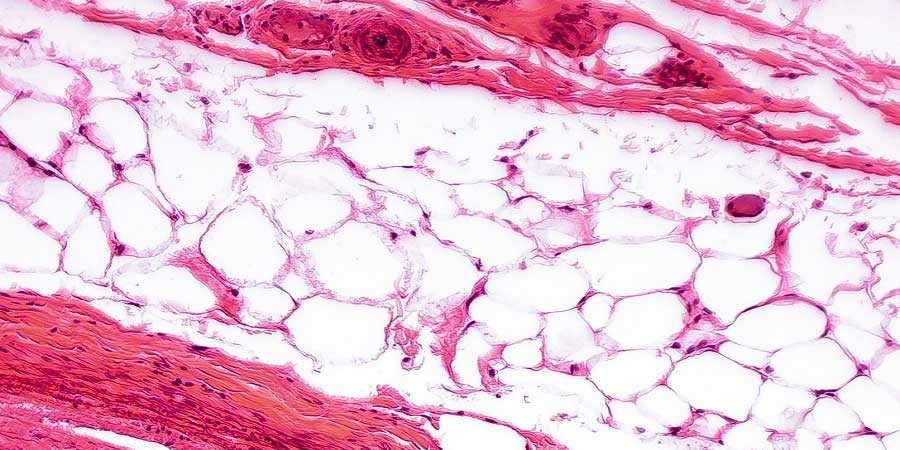
This is a borderline application against adipose body cells. Whenever a mixture of phospholipids and deoxycholic acid is injected into adipose tissue, this form of lipolysis clearly is a medical treatment.
However, it may be possible to apply the transdermal properties of phospholipids for transporting other actives (e.g. lipolytic enzymes) into layers of adipose tissue directly underneath the skin. Depending on the actives used, this could be considered a nutraceutical or cosmeceutical application.

Transmucosal nutrition of the brain
It is well documented that the degeneration of brain functions is partially connected to the process of de-myelination of axons. Axons are the neural “connectors” of brain cells. As myeline (the white-mass of the brain) gradually shrinks, transmission speed of the axons slows down. At the same time the amount of chemical messengers (dopamine, acetylcholine, serotonin and norepinephrine) in the brain gradually decreases. What can be done to supply the aging brain with these substances?
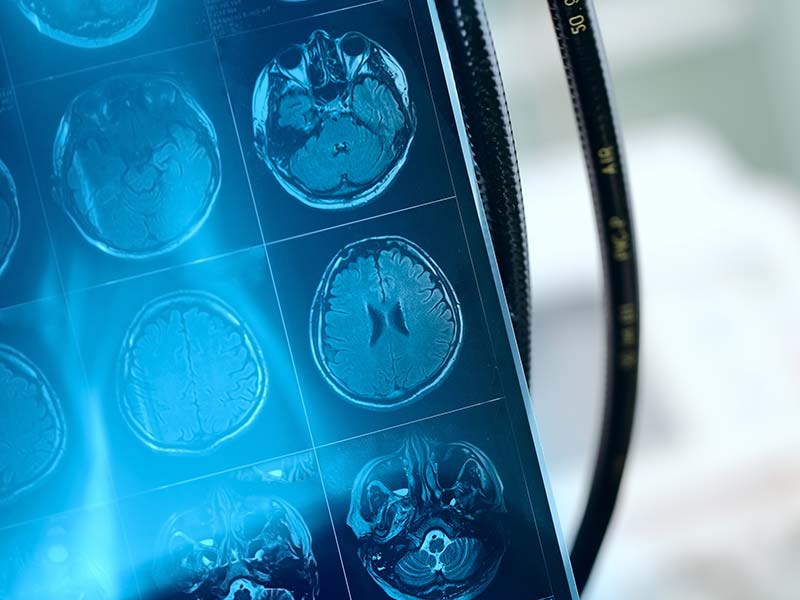
Dietary supplements, such as Phosphatidyl Serine (PS) or Phosphatidyl Choline (PC) have been recommended for delaying this process. However, when PS or PC are orally taken, a significant part of the phospholipids is digested by phospholipases in the small intestine. These enzymes act like scissors, cutting off the fatty acids from the Phospholipid molecules and only a fraction of intact PS or PC is transferred into the blood stream. So why not supply them directly to the brain? The ideal route would be the olfactory tract from the nasal cavity to several parts of the brain.
As already explained in the chapter on pharmaceutical use of phospholipids, this connection is also know for the transport of certain narcotic drug molecules to the brain. Liposomal preparations of PC, PS and other brain nutrients could be applied in the form of a nasal spray. The spray would be transferred through the nasal mucosa to cells of the olfactory tract. This application could become a very interesting new research area.
Going a little deeper into biochemistry: Another important phospholipid is sphingomyelin, the main building material of the myelin sheath. The sphingomyelin molecule consists of a phosphocholine head group and a tail group composed of sphingosine and ceramide.
As explained above, one of the reasons for degeneration of brain functions is the gradual loss of myelin sheath. Would it not make sense to provide micro-nutrients (such as sphingomyelin and ceramide) to the brain for maintaining and possibly reconstructing myelin? The preferential delivery route again is via the nasal mucosa.
Other micro-nutrients and natural messengers (see above) could also be administered in combination with phospholipids by transmucosal application in mouth or nose. The secrets of liposomal formulations are adjustment to correct size of the nano-particles, even distribution of actives and stability of nano-emulsions or liposomal vesicles. More on preparation of liposomes will follow in the Q & A section.
